Hello, automotive enthusiasts! Today, we’re diving deep into an icon that continues to defy conventions: the 2026 BMW X6. A pioneer in the segment BMW itself calls the Sports Activity Coupé (SAC), the X6 has always stood out for its bold silhouette with a sloping roofline, combining the elevated stance of an SUV with the soul of a sporty coupe. Built on the sturdy X5 platform, the 2026 model arrives with important updates, keeping the promise of luxury, cutting-edge technology, and, of course, the characteristic driving pleasure of the Bavarian brand.
In this article, I’ve prepared a comprehensive review based on the latest technical specifications straight from official BMW sources in the United States, compiled with a global perspective. We’ll explore the specs, 2026 updates, fuel economy numbers, estimated range, pricing, and how it compares to its direct rivals. Ready to get to know the new X6 inside and out?
What’s New in the 2026 BMW X6?
BMW didn’t reinvent the wheel for the 2026 X6, but applied significant refinements, many inherited from the 2024 refresh. Exterior design changes are subtle yet effective: slimmer headlights give a more aggressive look, the signature double kidney grille has been updated, and new wheel options keep the presence fresh and imposing. It’s a “if it ain’t broke, don’t fix it” philosophy, but with the right tweaks to stay relevant.
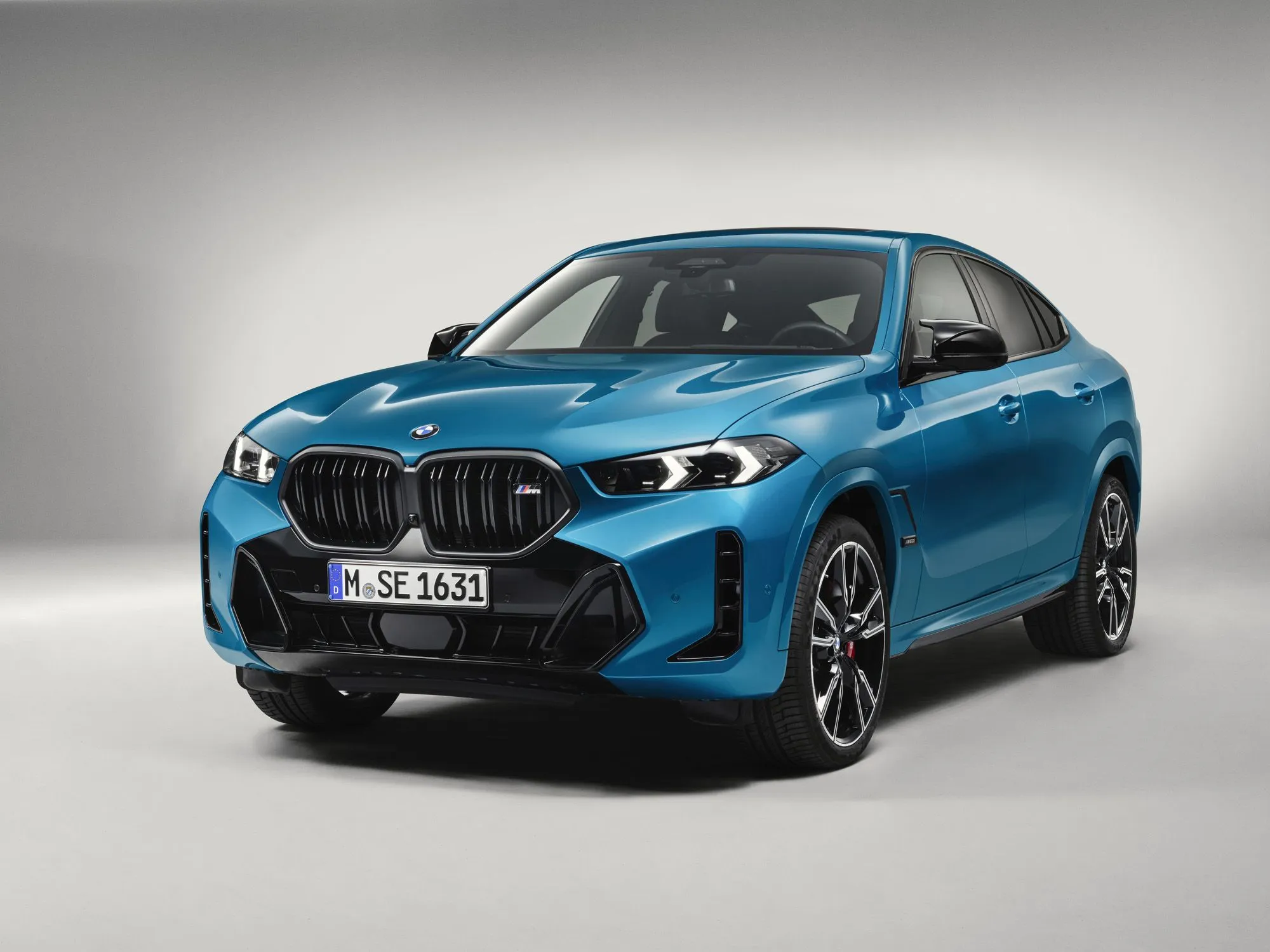
The biggest leap, in my opinion, is in the onboard technology. The BMW Curved Display is now standard, integrating the digital instrument cluster and multimedia center into a single curved piece running the latest Operating System 8.5. This not only modernizes the cockpit but also enhances interaction, though it does consolidate some controls into touch functions. Connectivity via the My BMW App has been enhanced, and driver assistance systems have been expanded, including the available Highway Assistant feature for hands-free highway driving (up to 85 mph, where permitted).
Under the hood, all powertrains now come with 48-volt mild-hybrid technology. This mild-hybrid system uses a small electric motor to support the combustion engine during acceleration and gear resumption, also enabling smoother start-stop operation. The main goal is improved fuel efficiency (more on that shortly) and delivering extra low-RPM torque, making driving even more responsive. For performance purists, the X6 M Competition receives structural reinforcements and a revised suspension tuning, promising sharper driving dynamics.
Powertrains and Performance Details (Specs)
The 2026 BMW X6 offers three powertrain options, all featuring xDrive all-wheel drive and an 8-speed sport automatic transmission with paddle shifters and Launch Control. Your choice depends on your appetite for performance and, naturally, your budget. Let’s break down each version.
The entry-level option is the X6 xDrive40i. It’s powered by a 3.0L inline-six TwinPower Turbo engine, now assisted by the 48V mild-hybrid system. This setup produces a respectable 375 horsepower and 398 lb-ft (540 Nm) of torque, already available from 1,850 rpm. According to BMW USA, that’s enough to accelerate this SUV from 0 to 60 mph in 5.2 seconds. It offers strong performance for daily driving and longer trips, balancing smoothness with power.
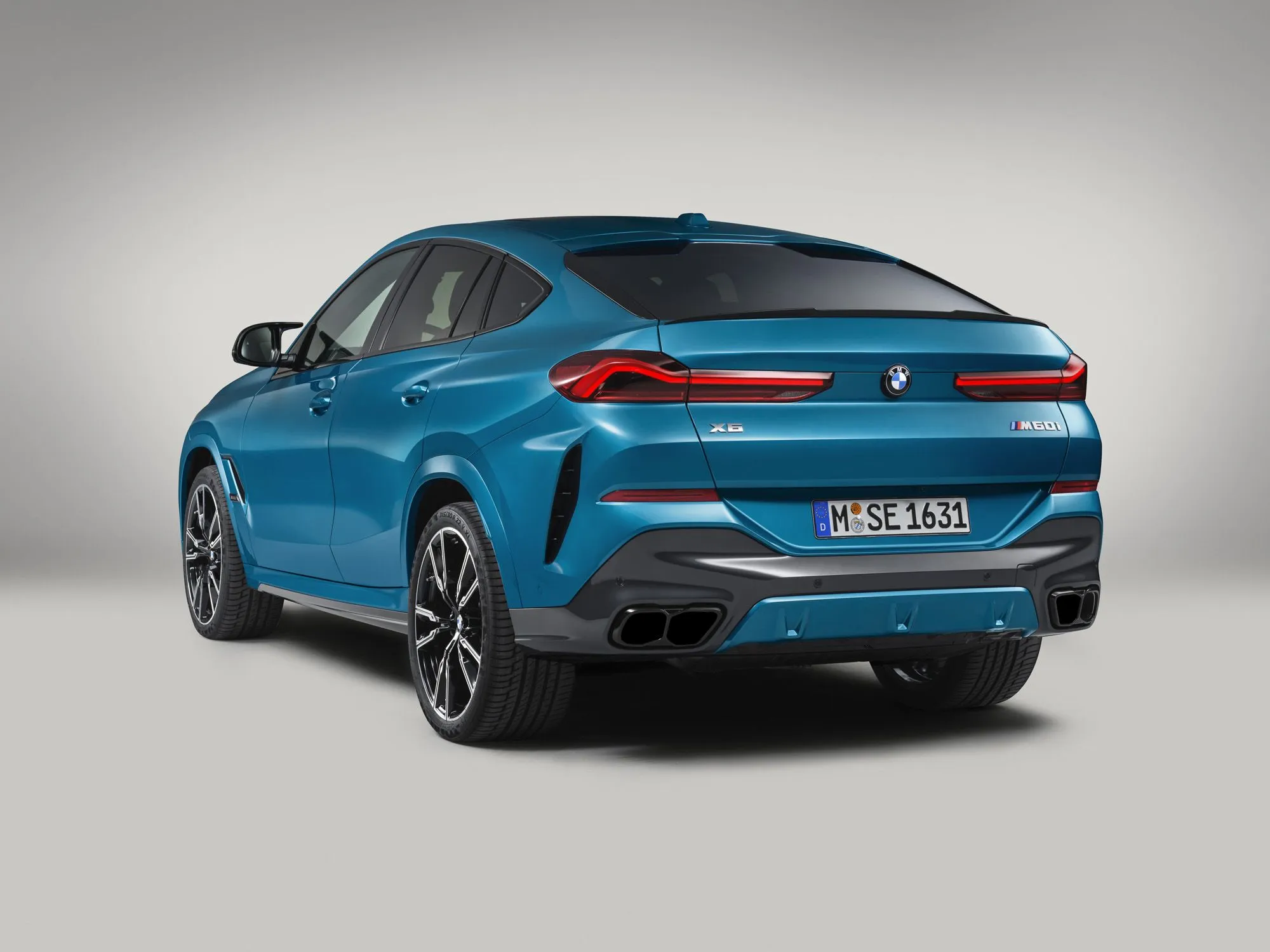
Moving up, there’s the X6 M60i xDrive. Here, the conversation changes tone with a powerful 4.4L M TwinPower Turbo V8, also equipped with mild-hybrid technology. It delivers 523 horsepower and an impressive 553 lb-ft (750 Nm) of torque. The result is a 0-60 mph sprint in just 4.2 seconds — a figure worthy of many dedicated sports cars. Besides the bigger engine, the M60i features M Sport exhaust, M Sport differential, and M Sport brakes, intensifying the driving experience.
At the top of the lineup is the X6 M Competition. This is the X6 taken to the extreme. The same 4.4L V8 M TwinPower Turbo mild-hybrid engine is re-engineered by BMW’s M division to produce a brutal 617 horsepower, retaining the 553 lb-ft (750 Nm) torque but delivering it across a wider RPM range (1,800 to 5,600 rpm). According to BMW M, the 0-60 mph time drops to a staggering 3.7 seconds. It comes with adaptive M Professional suspension, high-performance M Compound brakes, and an even more exclusive interior featuring Merino leather and carbon fiber accents. Essentially, it’s a supercar dressed as a coupe SUV.
Engine Specifications Table
| Specification | X6 xDrive40i | X6 M60i xDrive | X6 M Competition |
|---|---|---|---|
| Engine | 3.0L I6 Turbo MHEV | 4.4L V8 Turbo MHEV | 4.4L V8 Turbo MHEV |
| Horsepower (hp) | 375 | 523 | 617 |
| Torque (lb-ft / Nm) | 398 / 540 | 553 / 750 | 553 / 750 |
| 0-60 mph (sec) | 5.2 | 4.2 | 3.7 |
| Top Speed (mph / km/h) | 130 / 209* | 130 / 209** | 155 / 249*** |
*155 mph (249 km/h) with performance tires. **155 mph (249 km/h) with M Driver’s Package. ***177 mph (285 km/h) with M Driver’s Package.
Fuel Economy and Efficiency: The Mild-Hybrid Impact (Range)
One of the focuses of the 2026 update was the universal introduction of the 48V mild-hybrid system. The promise is a slight improvement in fuel economy and emissions. Let’s see how this translates into official numbers (keep in mind that real-world fuel economy varies a lot depending on driving style and conditions).
The X6 xDrive40i, with its six-cylinder engine, posts the friendliest numbers. According to the EPA, the estimated fuel economy is 23 mpg city, 26 mpg highway, resulting in a combined rating of 24 mpg. This roughly converts to between 27.7 and 31 gallons per 100 miles (or about 8.5 to 9.0 liters per 100 km for reference). Considering the size and performance, these are reasonable numbers for a gas-powered luxury SUV.
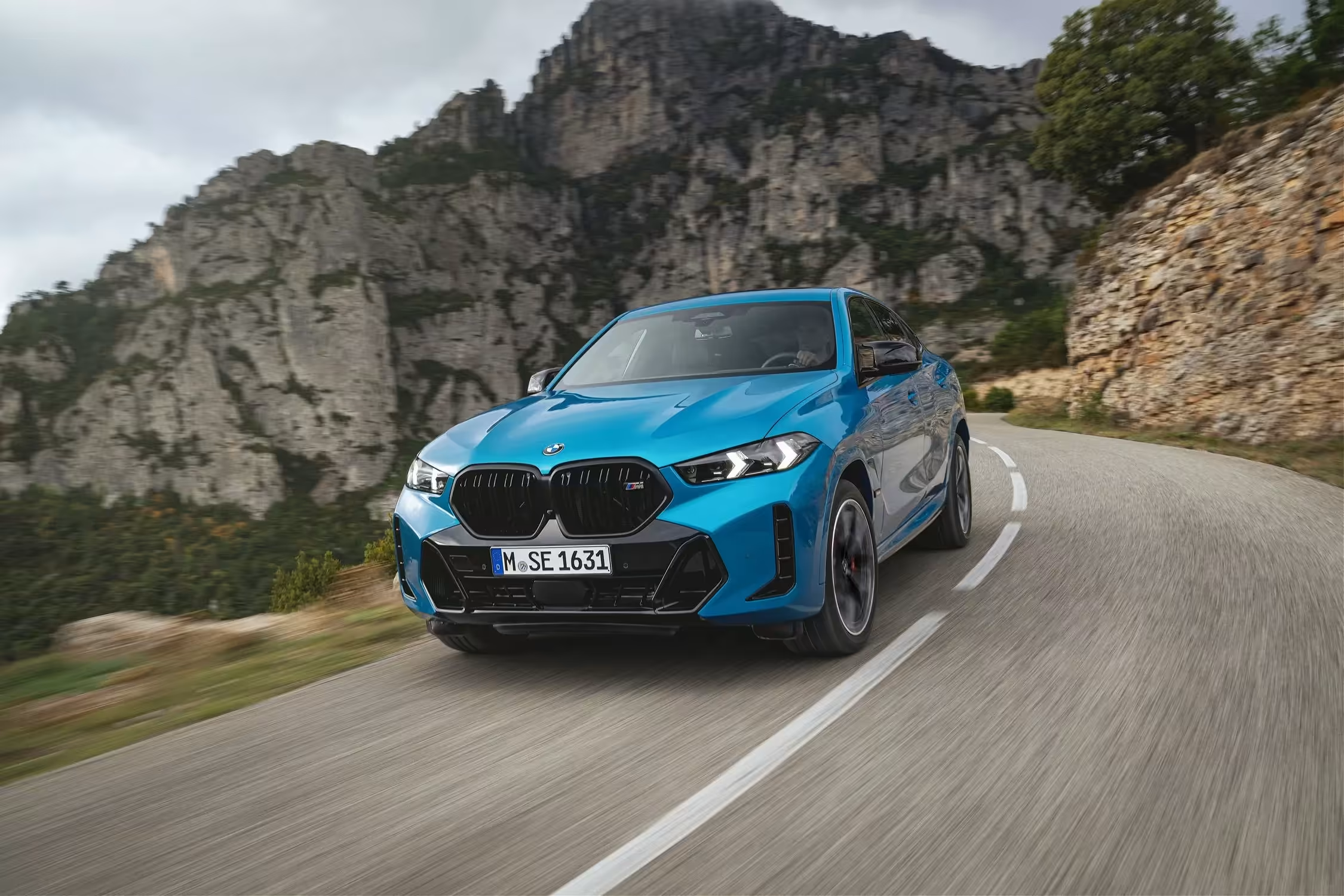
Jumping to the V8 models, the story changes. The X6 M60i xDrive has an EPA rating of 17 mpg city, 22 mpg highway, and 19 mpg combined, which translates to roughly 12.4 to 9.1 gallons per 100 miles (or about 11.4 to 12.3 L/100 km in WLTP terms). The X6 M Competition, focused entirely on performance, is the most thirsty: 13 mpg city, 18 mpg highway, and 15 mpg combined by EPA estimates — approximately 15 to 11.1 gallons per 100 miles (WLTP estimates of about 12.5 to 13.0 L/100 km). Even with the mild-hybrid system, the numbers for the V8s mean frequent trips to the pump, especially if you unleash their full potential.
In terms of range, all models come with a generous 22-gallon (83 liters) fuel tank. Based on EPA combined consumption, the theoretical ranges are: about 510 miles (820 km) for the xDrive40i, 390 miles (630 km) for the M60i, and just 310 miles (500 km) for the M Competition. In real life, expect a bit less, but the large tank helps space out stops on longer trips.
Estimated Fuel Economy Table
| Model | EPA (City/Highway/Combined) | Approx. WLTP Combined (L/100 km) |
|---|---|---|
| X6 xDrive40i | 23 / 26 / 24 mpg | ~8.5 – 9.0 |
| X6 M60i xDrive | 17 / 22 / 19 mpg | ~11.4 – 12.3 |
| X6 M Competition | 13 / 18 / 15 mpg | ~12.5 – 13.0 |
Pricing and Versions: How Much Does the Dream Cost?
The BMW X6 has never been a budget car, and the 2026 model keeps its premium SUV positioning. Prices vary significantly depending on the version and selected options. Let’s look at the suggested base prices in the United States and approximate Euro equivalents for international reference (using a current exchange rate of 1 USD = 0.94 EUR, subject to fluctuations and local taxes).
The X6 xDrive40i starts at approximately $74,500 USD (about €70,000). This price already includes a solid standard equipment package such as the M Sport Package, BMW Curved Display, Sensafin upholstery (a high-quality synthetic leather), panoramic sunroof, and 16-way power-adjustable front seats.
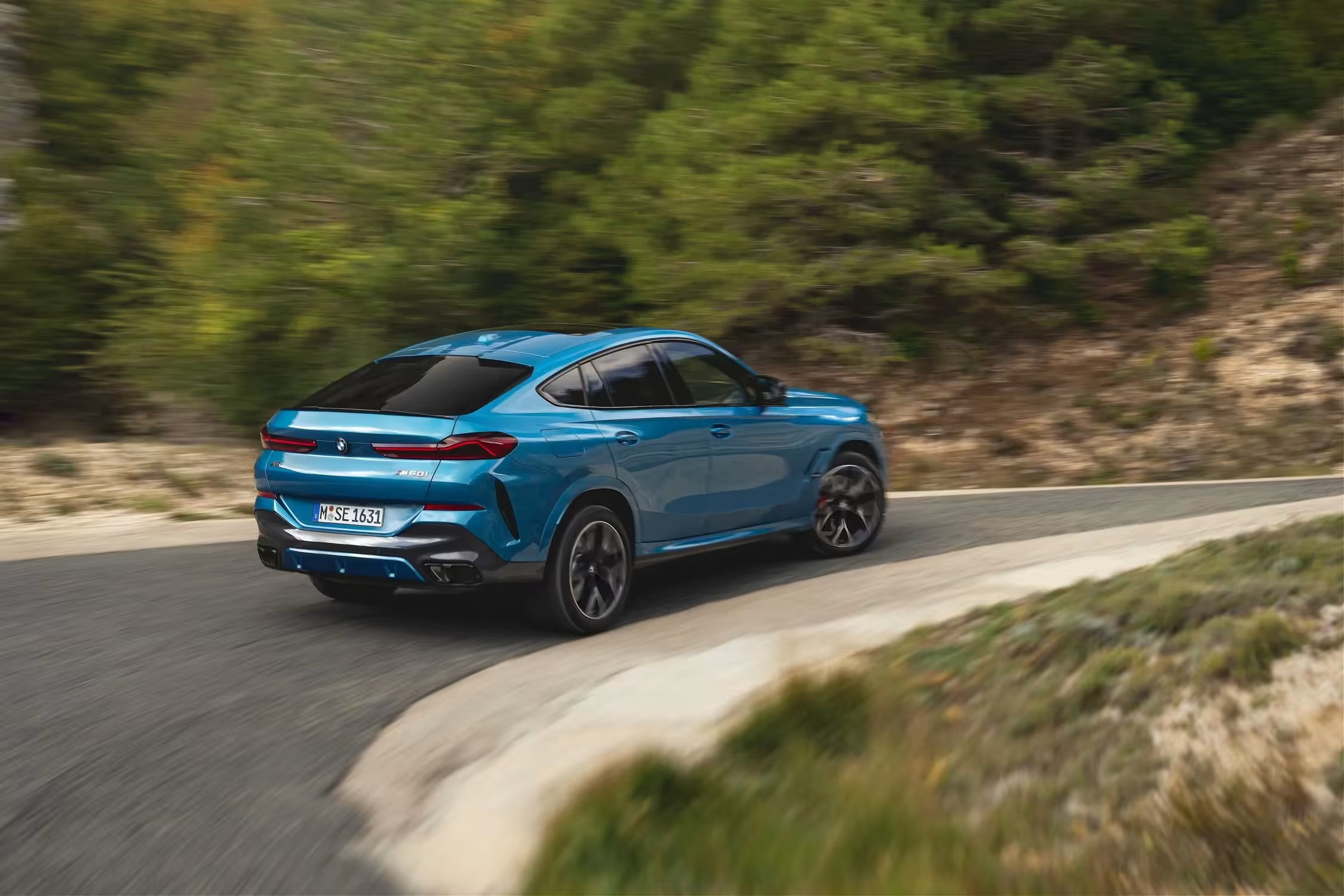
The X6 M60i xDrive raises the price significantly, starting around $96,800 USD (approximately €91,000). Beyond the V8 engine and M Sport performance upgrades, it adds features like harmonic-sound Harman Kardon audio and ventilated front seats.
At the top, the X6 M Competition demands a substantial investment, beginning at $132,100 USD (around €124,200). This price reflects not only the extreme performance but also the exclusive M-spec components (suspension, brakes) and the more refined interior with Merino leather and carbon fiber.
Keep in mind these are base prices. BMW’s extensive options list can easily add tens of thousands of dollars or euros to the final cost. Packages like Premium or Executive, larger wheels (up to 22 inches), air suspension (available on xDrive40i), and premium sound systems significantly increase the price.
Base Price Table (Estimated)
| Model | Base Price (USD) | Estimated Base Price (EUR)* |
|---|---|---|
| X6 xDrive40i | $74,500 | ~€70,000 |
| X6 M60i xDrive | $96,800 | ~€91,000 |
| X6 M Competition | $132,100 | ~€124,200 |
*Approximate conversion (1 USD = 0.94 EUR). Prices exclude taxes, freight, and options.
Key Differences Between Versions
- xDrive40i: Focus on balanced luxury, better fuel economy, lower starting price.
- M60i xDrive: V8 performance, more luxury features, M sportiness.
- M Competition: Maximum performance, track-grade hardware, premium M interior.
Luxurious Interior and Advanced Technology
Inside, the 2026 X6 continues to impress with high-quality materials and impeccable assembly. The introduction of the BMW Curved Display dominates the dashboard, offering a modern, visually appealing interface with Operating System 8.5. Navigation, connectivity, and voice control have been enhanced, making interaction more intuitive, though reliance on the touchscreen for functions like climate control may not please everyone.
Front passenger space is generous, and the sport seats offer excellent support and comfort, especially with standard 16-way electric adjustments. Rear seat space accommodates two adults comfortably, but the middle seat may feel cramped, and the sloping roofline limits headroom compared to the X5. The standard Sensafin upholstery is high quality, but optional Merino leather (standard on the M Competition) elevates the luxury feel.
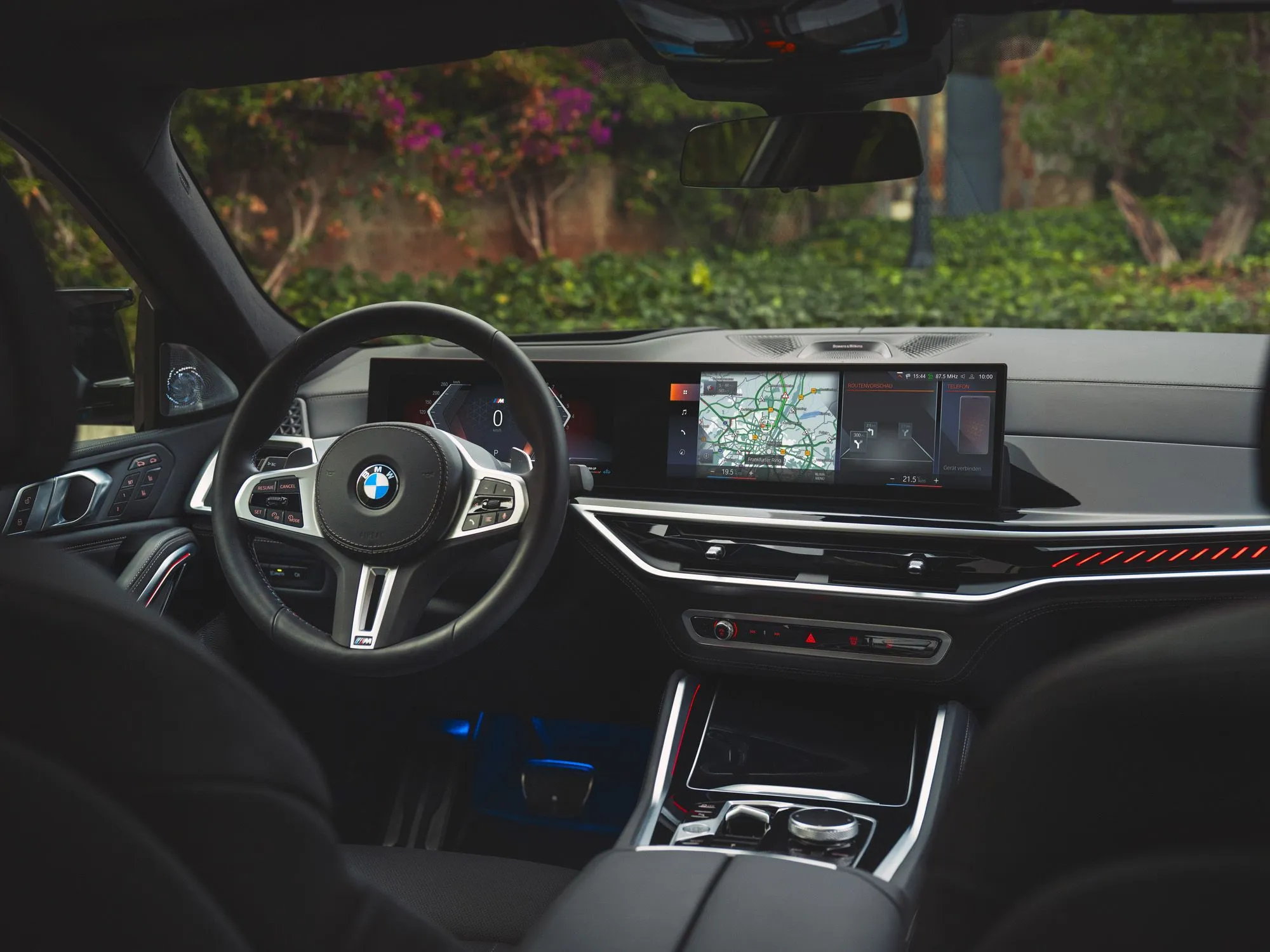
Equipment Highlights (Standard/Optional)
- BMW Curved Display (OS 8.5)
- M Sport Package (standard)
- LED Panoramic Sunroof
- Power Front Seats
- Sensafin/Leather Upholstery
- Harman Kardon Sound System (optional/standard on M60i+)
- Adaptive Air Suspension (optional)
- Highway Assistant (optional)
Pros and Cons: The X6 2026 Balance Sheet
Like any vehicle, the 2026 BMW X6 has its strengths and weaknesses. It’s important to weigh these before making a decision.
Pros
- Powerful and engaging engines
- Dynamic and agile handling
- Luxurious, tech-rich interior
- State-of-the-art iDrive 8.5 infotainment system
- Good towing capability (40i and M60i)
- Extensive safety feature list
Cons
- Cargo space limited by design
- High fuel consumption on V8 models
- High price, especially M Competition
- Firm suspension on M models
- Climate and audio controls on touchscreen only
- Restricted rear visibility
The fastback design is the X6’s big differentiator but also its main trade-off in practicality. The 20.5 cubic feet (580 liters) trunk (expandable to 54 cubic feet or about 1,530 liters with rear seats folded) is smaller than the X5’s and some direct competitors’. Furthermore, the suspension—especially on the M models—prioritizes sporty dynamics over comfort on rough roads.
Tough Competition: X6 vs. the Rivals
The luxury coupe SUV segment is highly competitive, with strong alternatives to the BMW X6. Leading rivals include the Mercedes-Benz GLE Coupe, Audi Q8, and Porsche Cayenne Coupe.
The Mercedes-Benz GLE Coupe focuses more on ride comfort and may offer an interior that’s arguably more opulent in some trims. It also offers an interesting plug-in hybrid option. However, it’s generally considered less engaging to drive than the X6, and its infotainment system, while competent, may feel a step behind the BMW iDrive 8.5. Pure performance-wise, the X6 M Competition often edges out the AMG GLE 63 S Coupe slightly in 0-60 mph times.
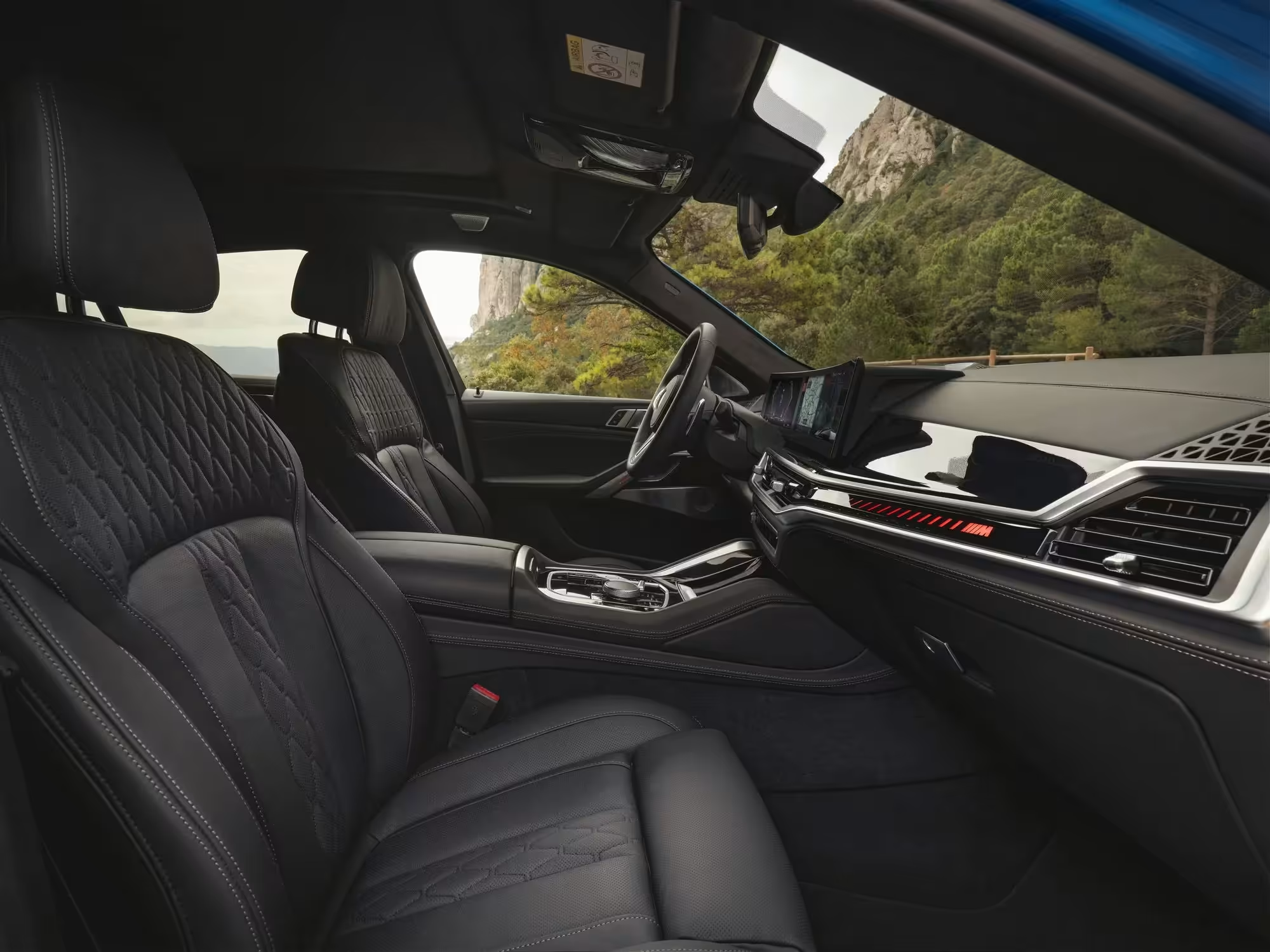
The Audi Q8 (and its sportier siblings, the SQ8 and RS Q8) bets on elegant design, a high-tech interior with multiple screens, and generally more interior space than the X6. Air suspension is typically standard on higher trims, delivering a balanced ride between comfort and handling. Its towing capacity is also excellent. On the downside, its design may be seen as less aggressive than the X6’s, and the base engines may lack the same vigor.
The Porsche Cayenne Coupe is perhaps the most direct competitor in terms of driving dynamics. It offers a broad range of engines, including potent hybrids, and class-leading handling. However, it tends to be more expensive than the X6, especially when options are added, and its infotainment system might not be as intuitive as BMW’s for some users.
Quick Comparison Table (Base/Intermediate Models)
| Model | Base Engine (Approx. HP) | Top Strength | Primary Weakness | Base Price (USD Approx.) |
|---|---|---|---|---|
| BMW X6 xDrive40i | 375 | Driving Dynamics / Infotainment | Limited Cargo Space | $74,500 |
| Mercedes GLE 450 Coupe | 375 | Comfort / Interior | Less Engaging Drive | $81,000 |
| Audi Q8 55 TFSI | 335 | Space / Elegant Design | Less Powerful Base Engine | $74,000 |
| Porsche Cayenne Coupe | 348 | Exceptional Handling | High Price / Options Cost | $84,500 |
Frequently Asked Questions (FAQ) About the 2026 BMW X6
- What are the main updates for the 2026 BMW X6?
Answer: The key updates include standard 48V mild-hybrid technology on all engines, the introduction of the BMW Curved Display with Operating System 8.5, subtle design refinements, and enhanced driver assistance systems. The X6 M Competition also receives suspension tuning and structural reinforcements. - Does the mild-hybrid system significantly improve the X6’s fuel economy?
Answer: The mild-hybrid system provides a *slight* improvement in fuel economy and smoother operation, especially in the xDrive40i model. In the V8-powered M60i and M Competition models, the effect on fuel efficiency is less notable since these engines prioritize high performance. - Is it worth paying extra for the X6 M Competition?
Answer: It depends on your profile. If you want absolute top performance in an SUV coupe format—and perhaps plan to take the car to occasional track days—the M Competition delivers a visceral experience. For most drivers, the M60i provides more than enough V8 performance at a lower cost and with a bit more everyday comfort. - Is rear seat and cargo space severely compromised?
Answer: Yes, the X6’s sloped roof design reduces rear headroom (compared to the X5) and cargo volume (20.5 cu ft vs. about 23 cu ft in the X5). This is the price of its distinctive style. If maximum practicality is your priority, the BMW X5 is probably a better choice. - Does the 2026 BMW X6 have a fully electric or plug-in hybrid version?
Answer: As of now, the 2026 BMW X6 is not available as a fully electric (BEV) or plug-in hybrid (PHEV). All versions use combustion engines with mild-hybrid (MHEV) technology. For a PHEV option on the same platform, BMW offers the X5 xDrive50e.
Putting it all together, the 2026 BMW X6 continues to be a fascinating choice for those looking for an SUV that breaks from the ordinary. It combines a head-turning design with generous performance, state-of-the-art technology, and an interior that exudes luxury. The addition of the mild-hybrid system is welcome, though it doesn’t make the V8s paragons of fuel efficiency. The X6 isn’t for everyone—its interior space and price can be limiting—but for those who value style and driving pleasure over pure practicality, it remains one of the most compelling and desirable options on the market.
So, what do you think about the specs and updates of the 2026 BMW X6? Do you believe it still reigns supreme in its class?

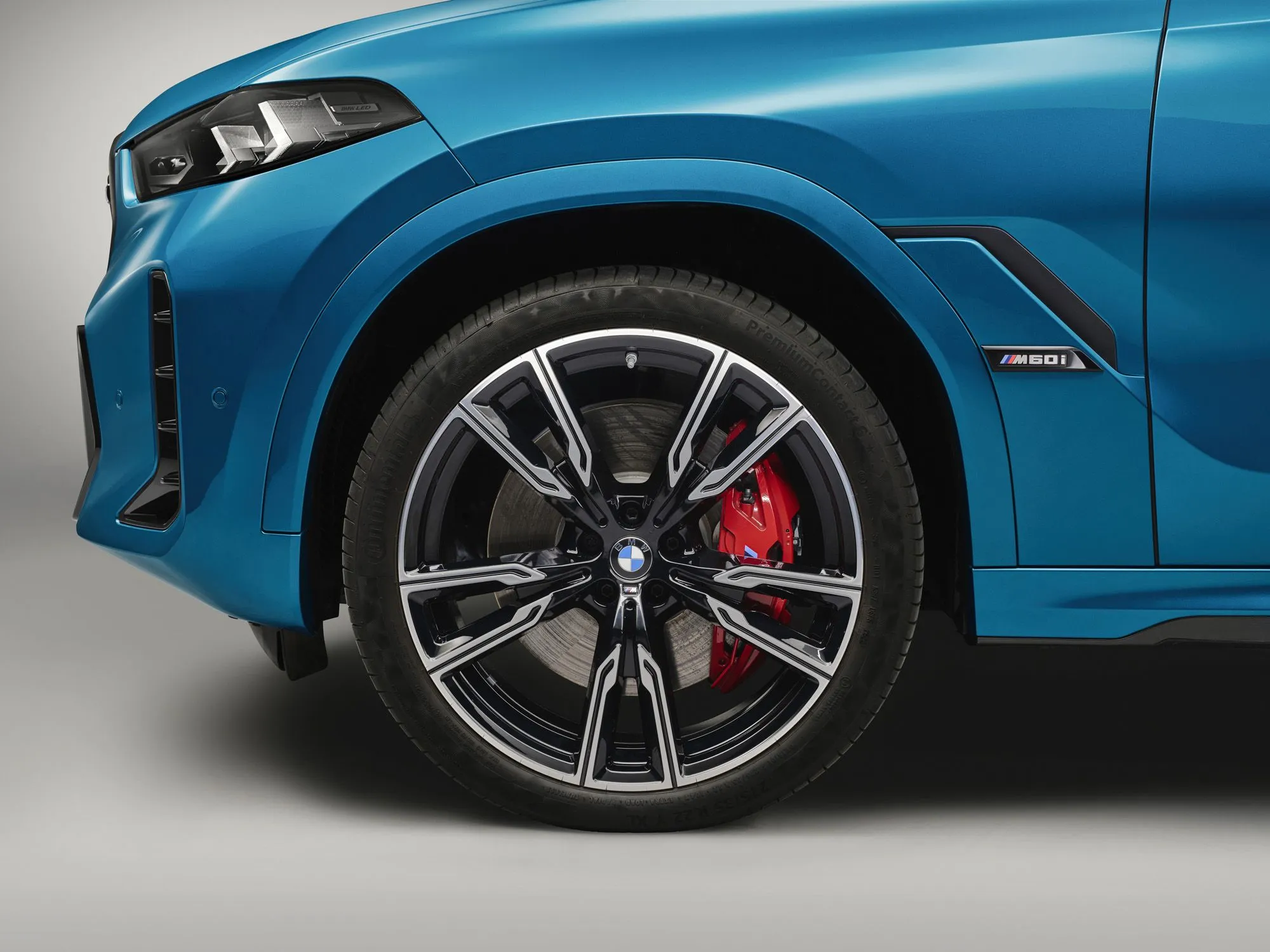
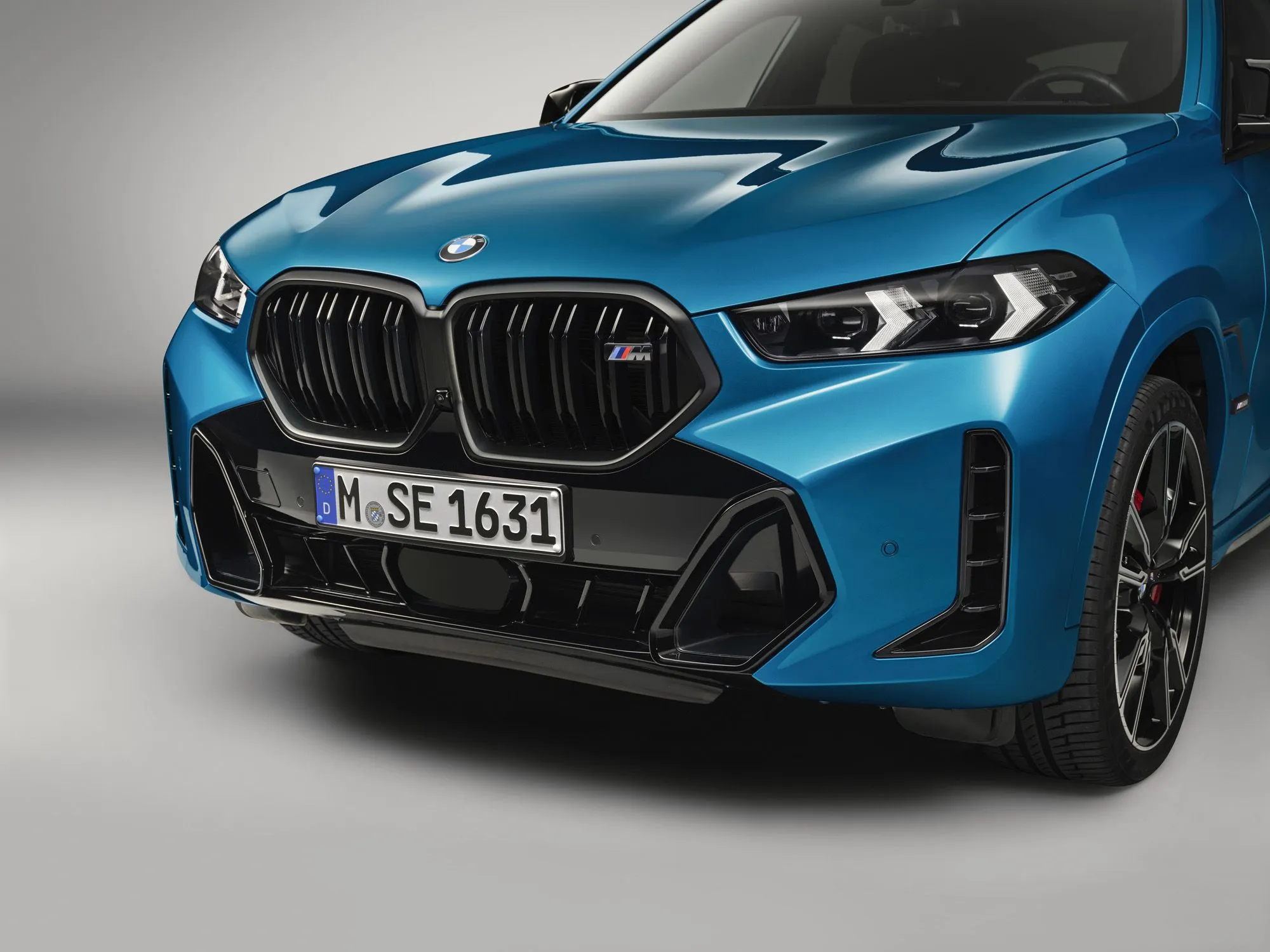


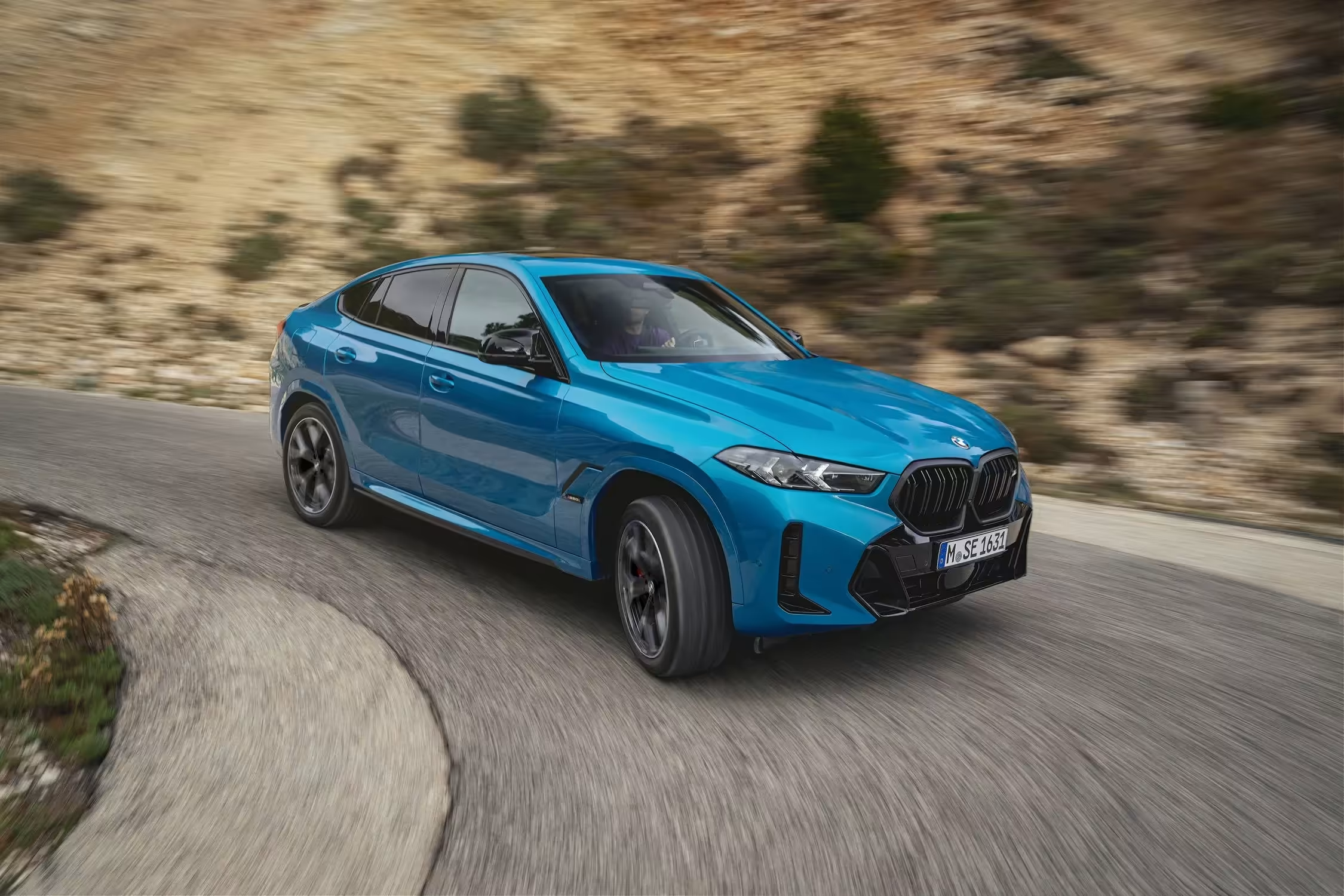
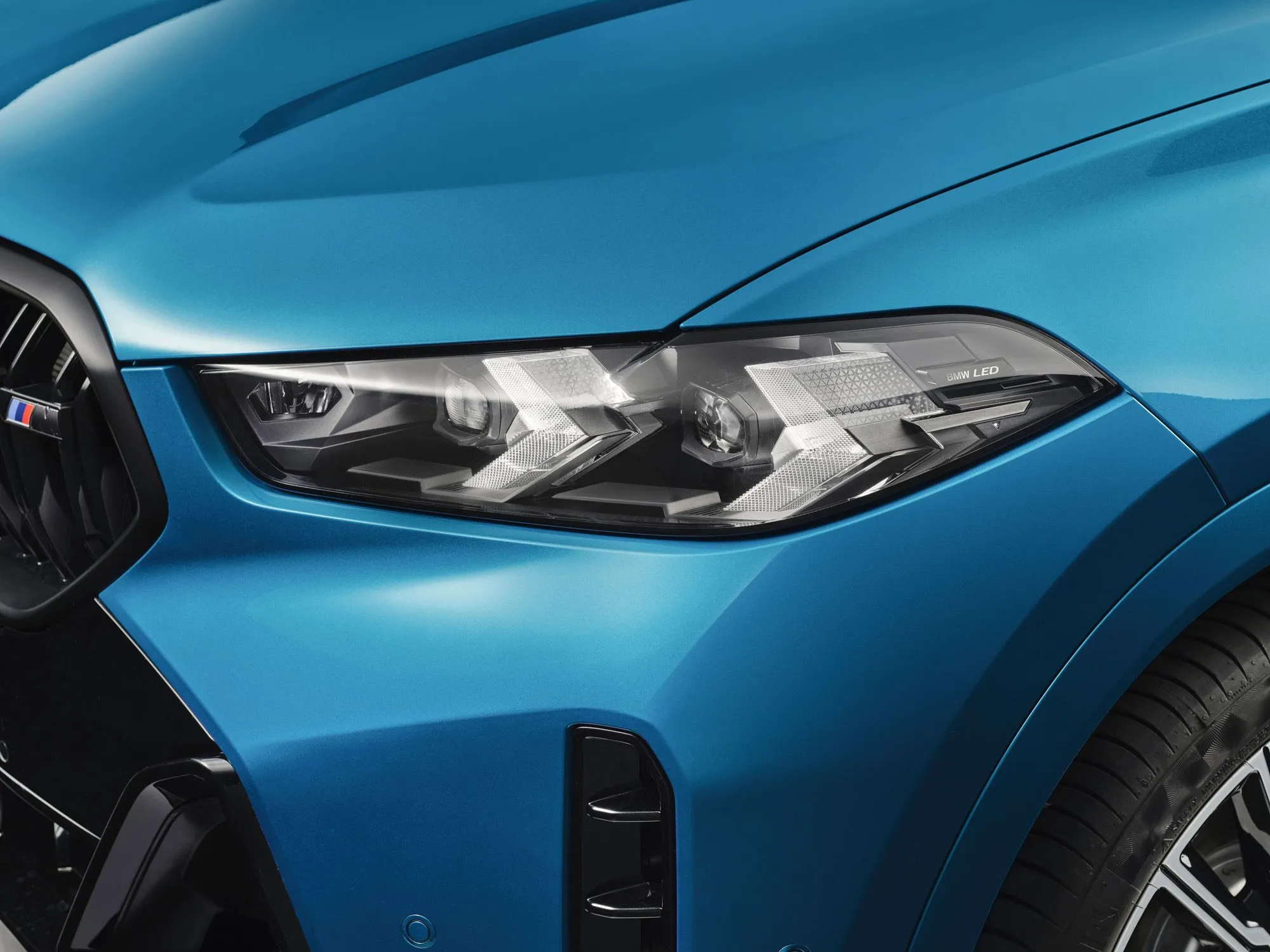

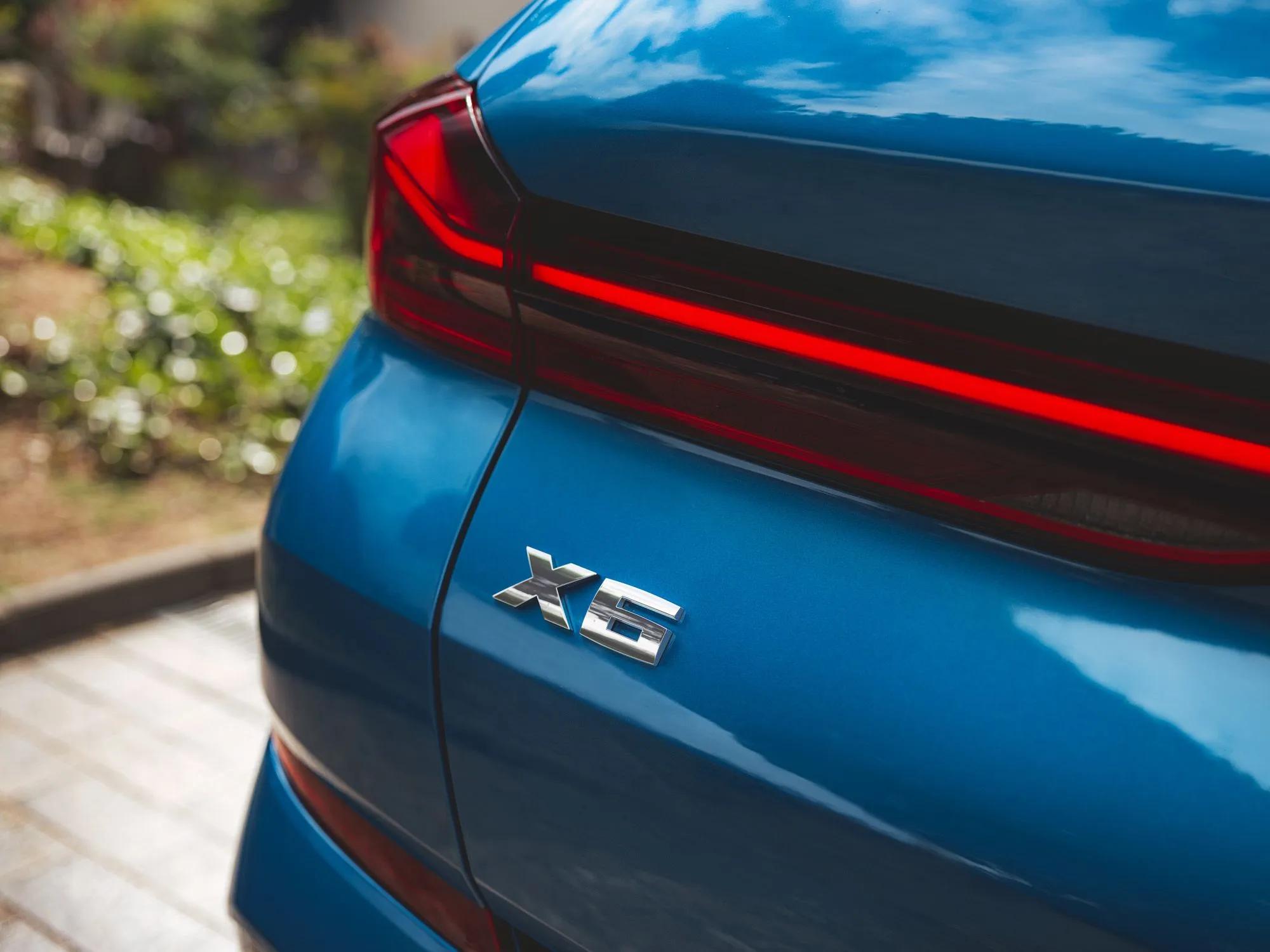

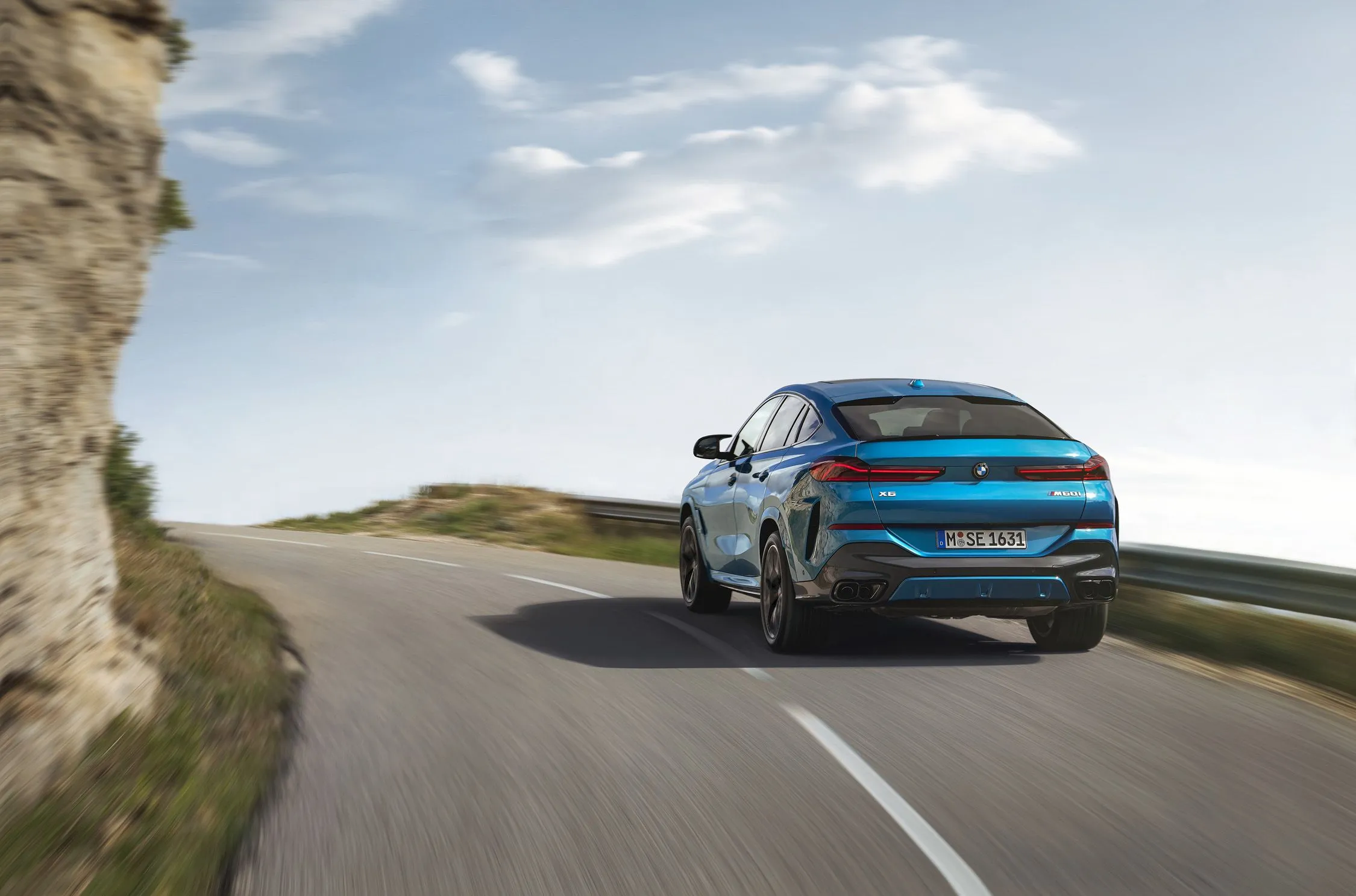
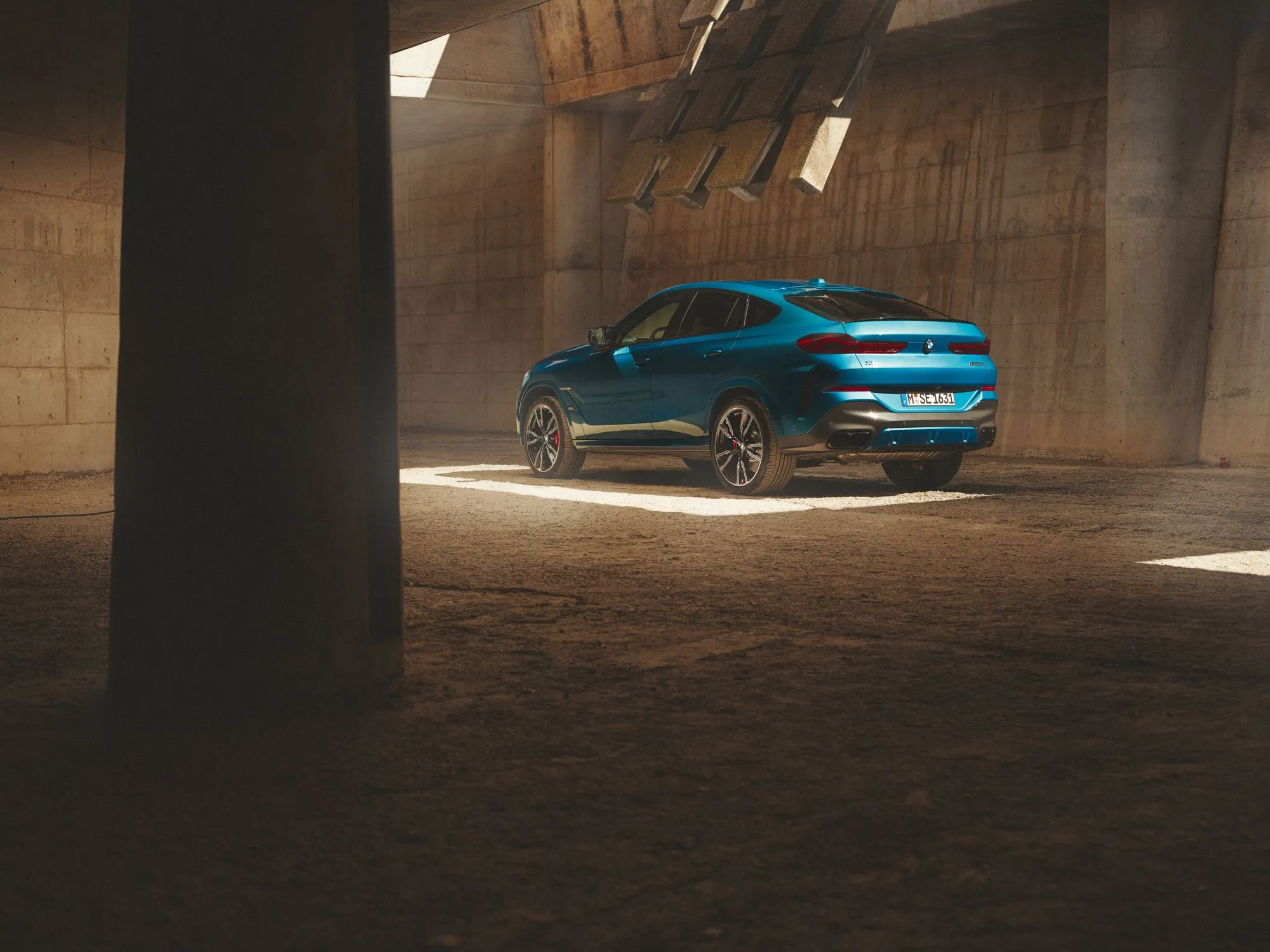
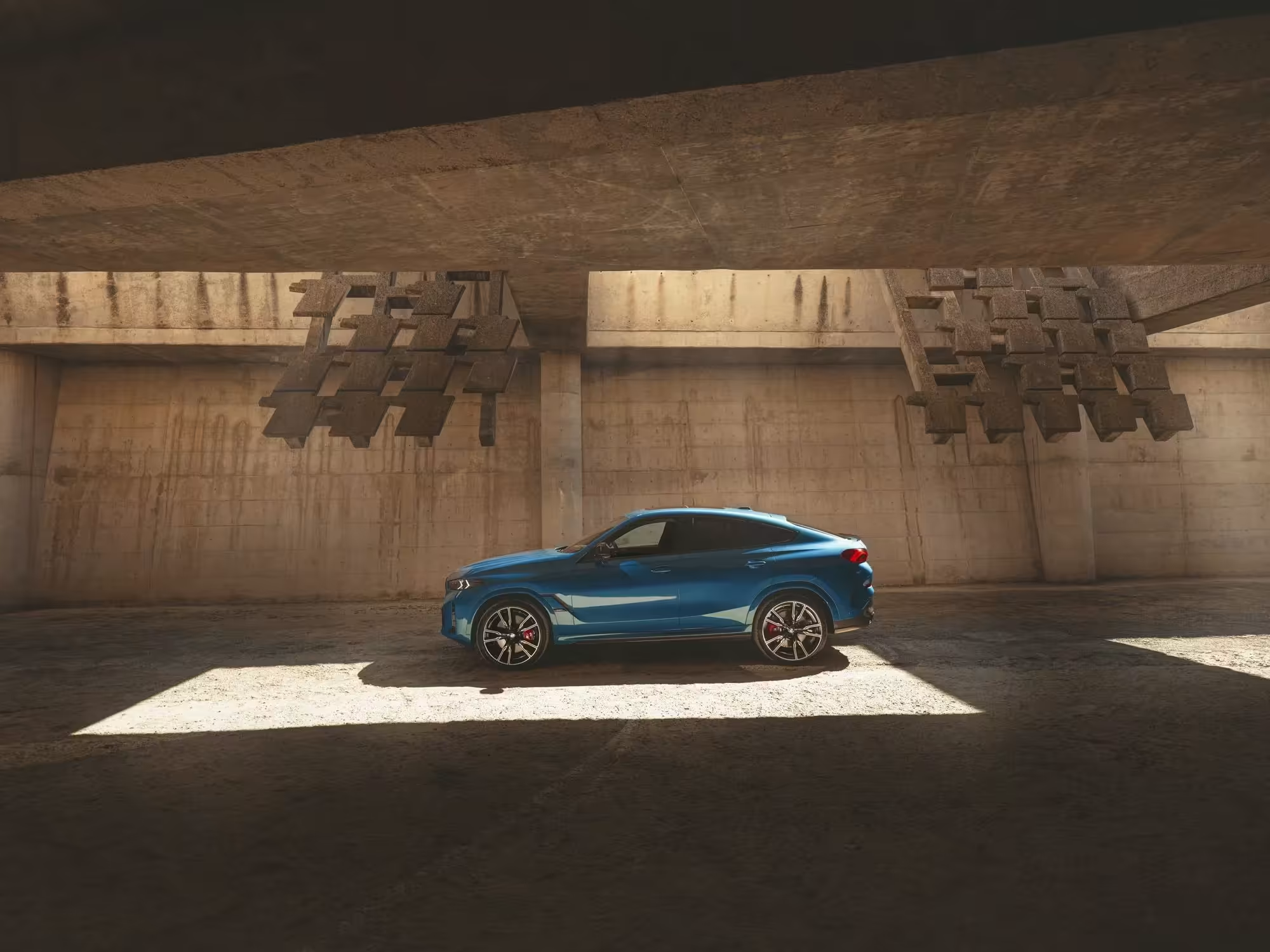

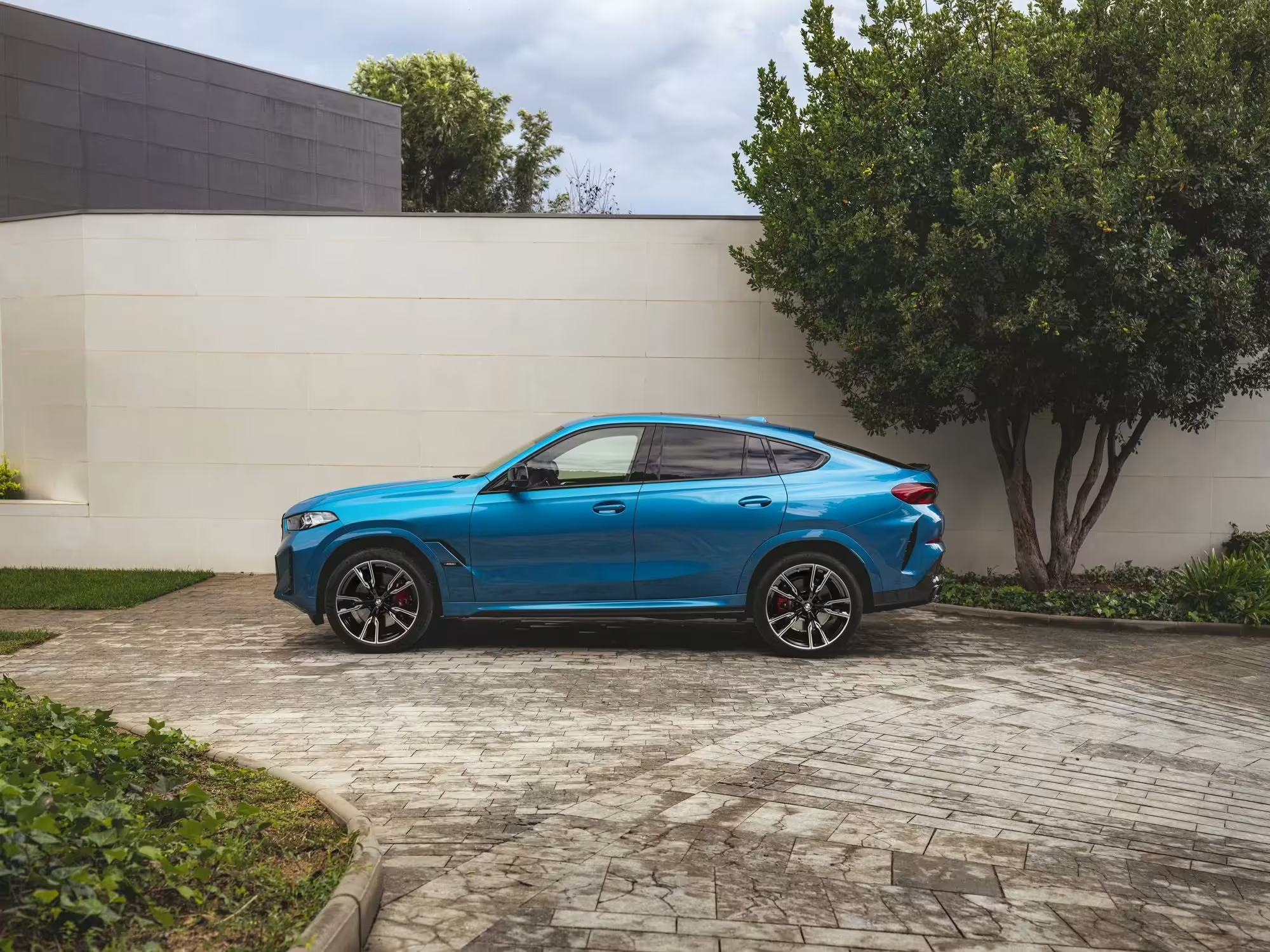

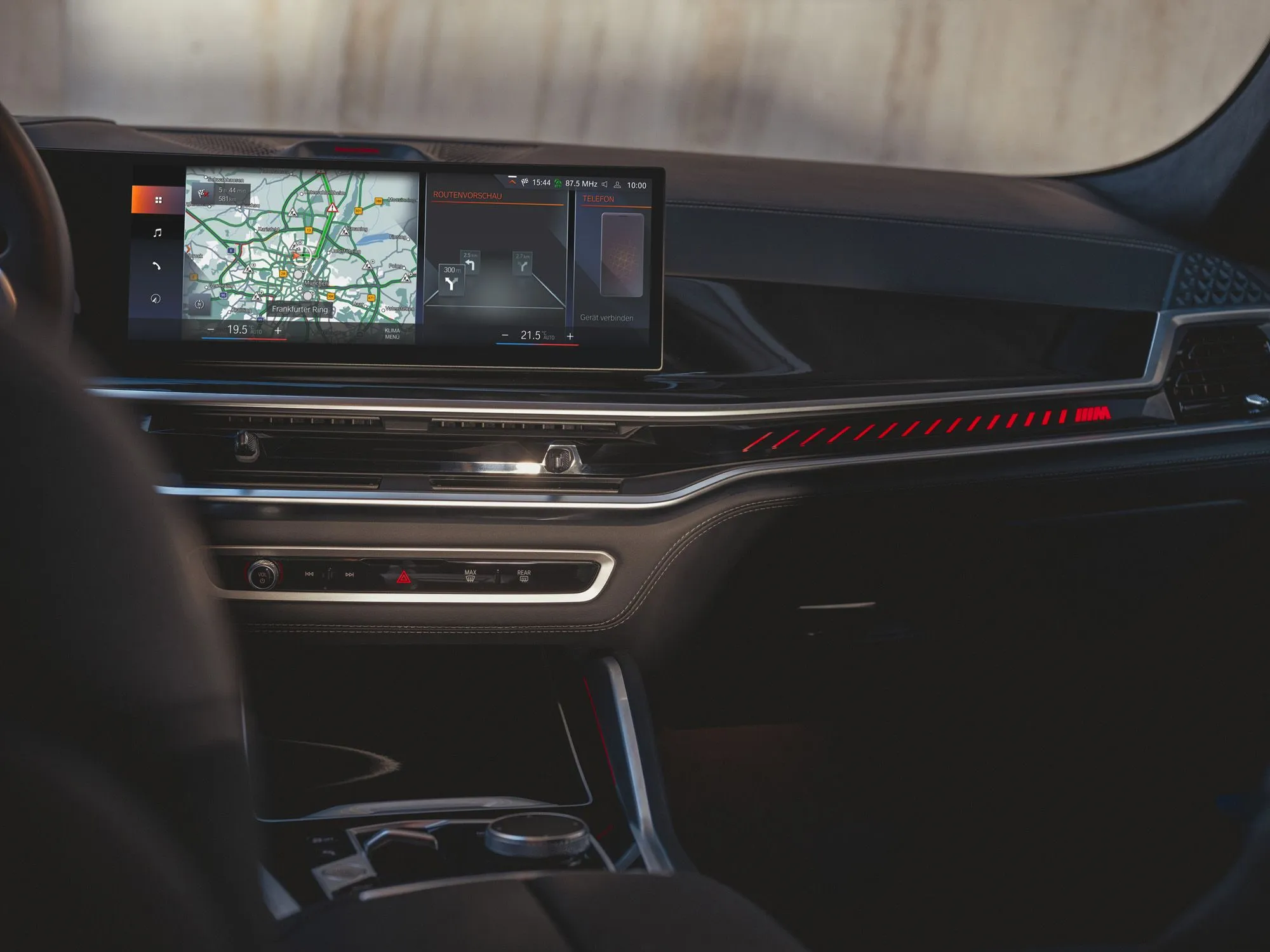
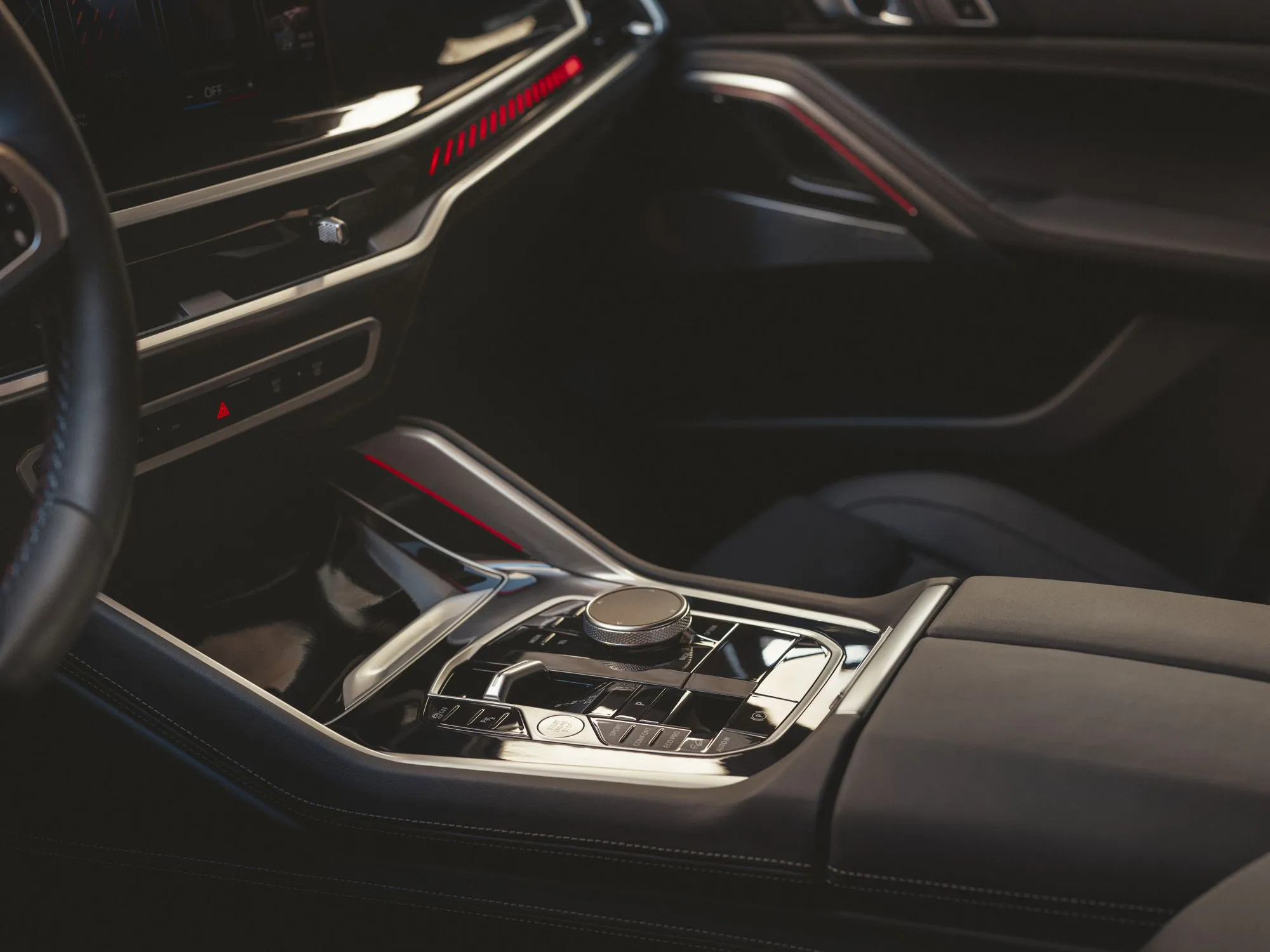

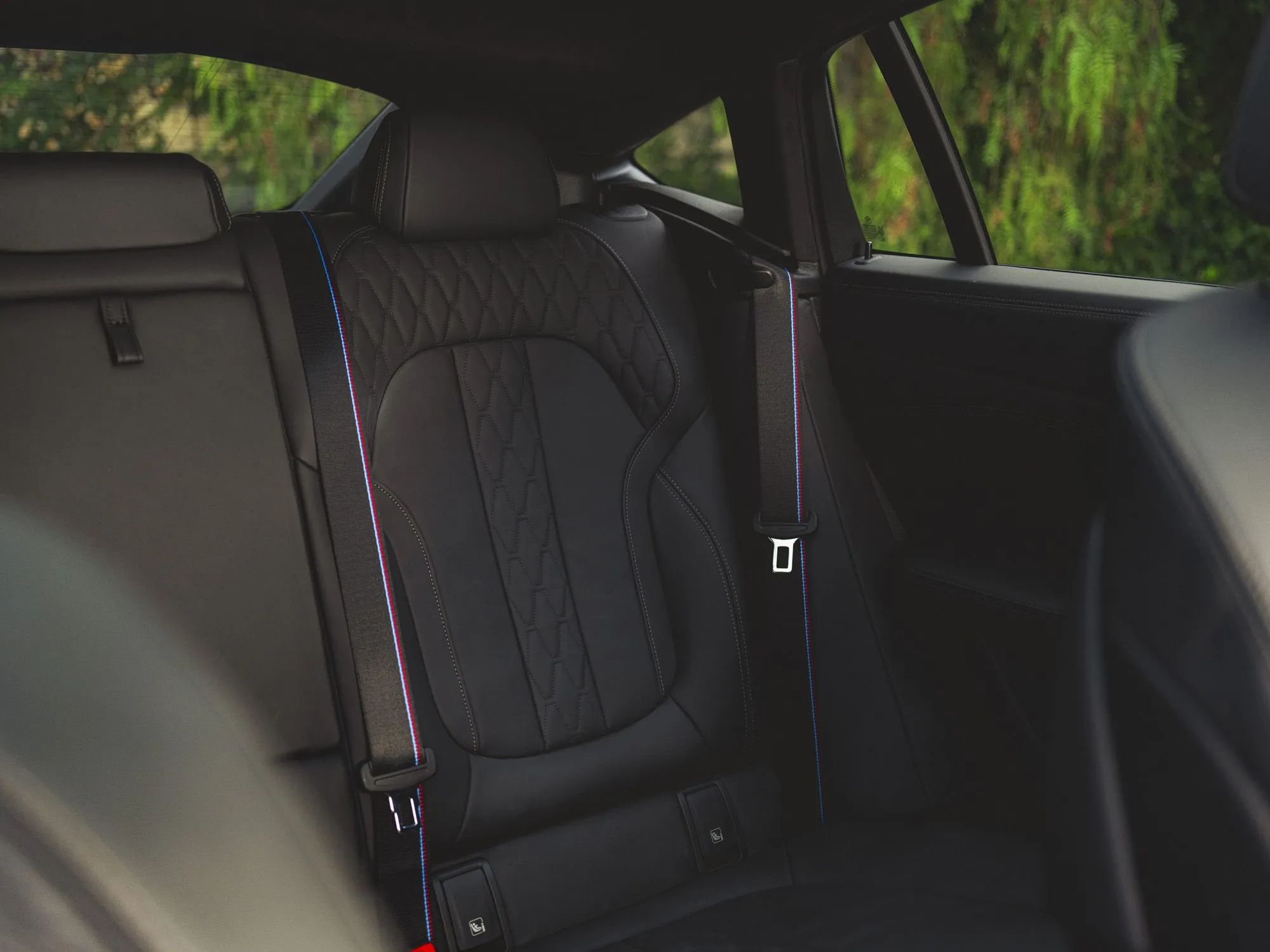
Author: Fabio Isidoro
Fabio Isidoro is the founder and editor-in-chief of Canal Carro, where he has been writing about the automotive world since 2022. Passionate about cars and technology, he began his journey on the HospedandoSites portal and today dedicates himself to creating technical content and comprehensive analyses of national and international vehicles. 📩 Contact: contato@canalcarro.net.br

